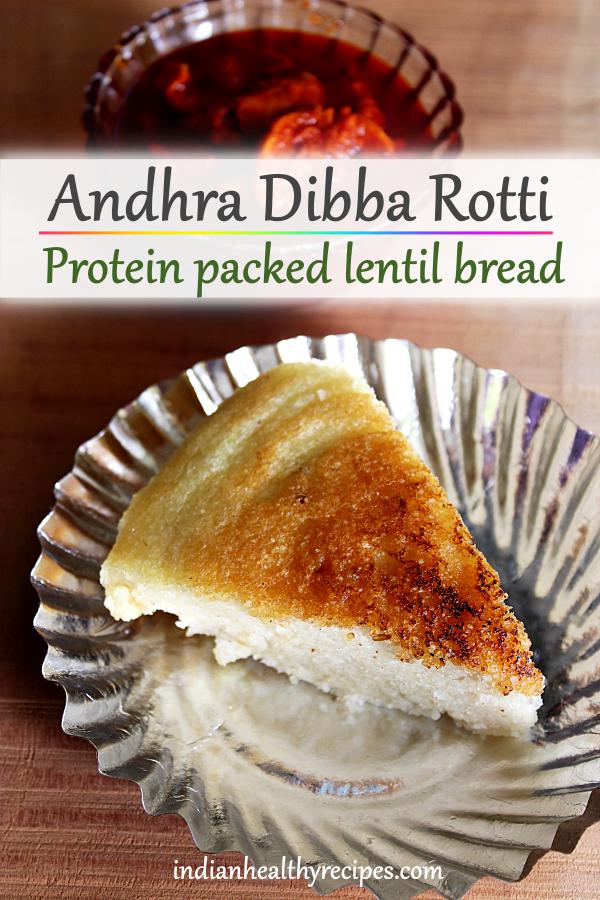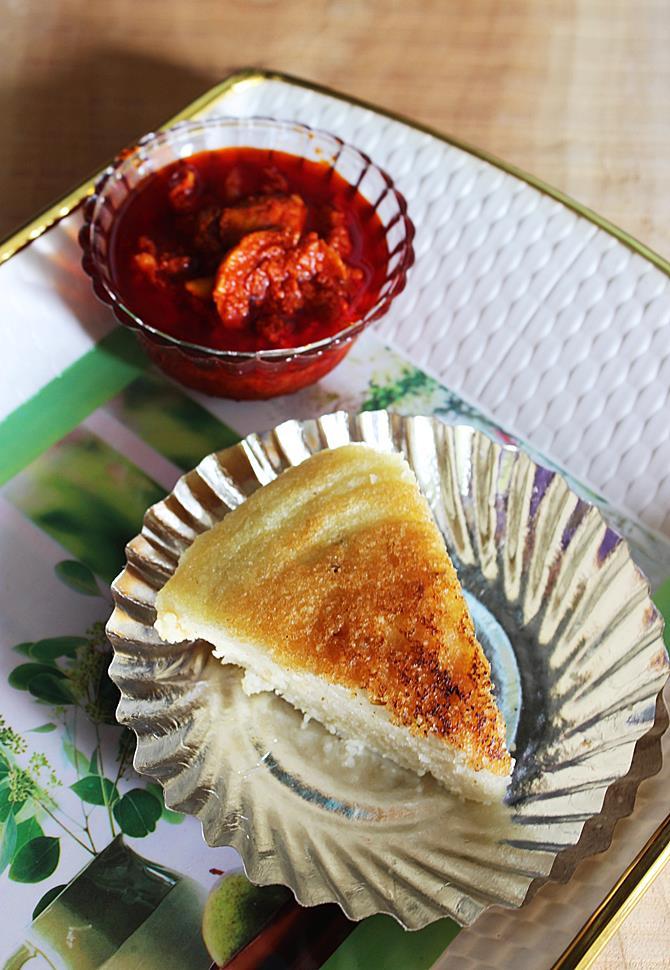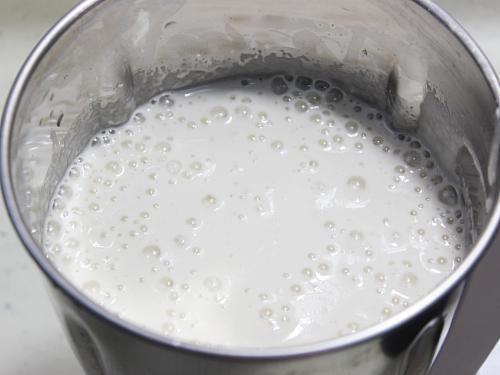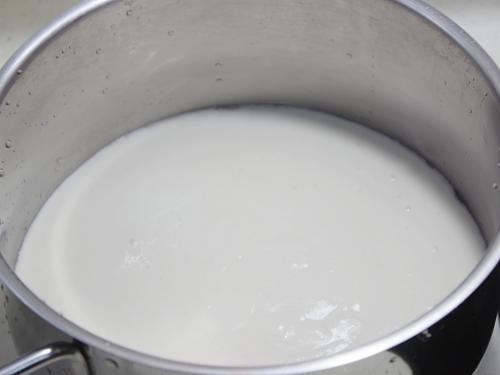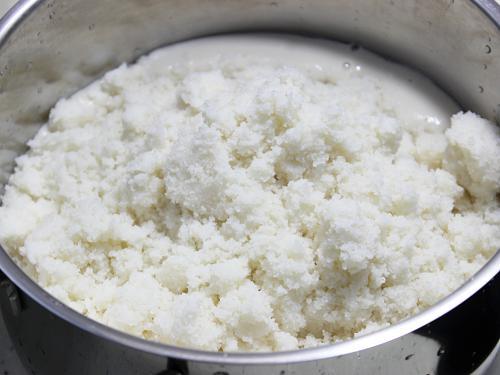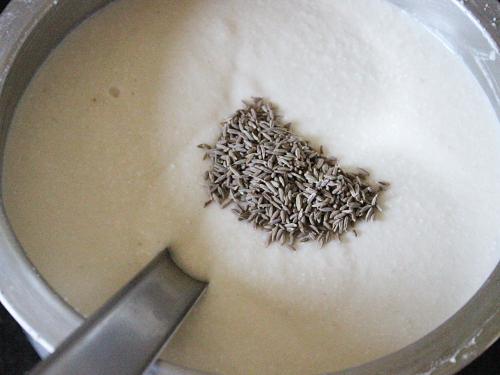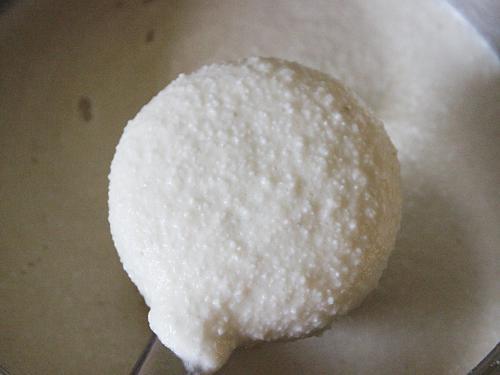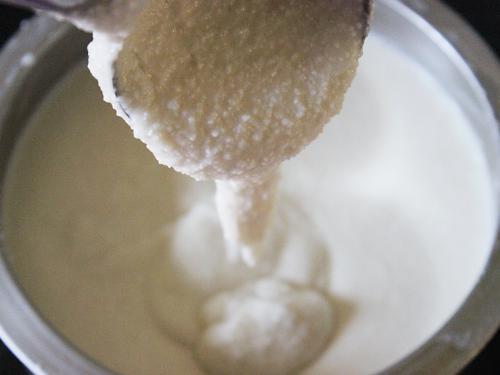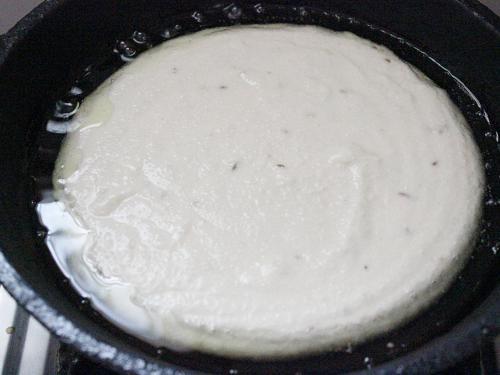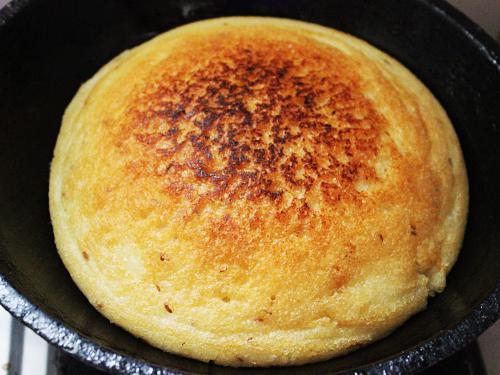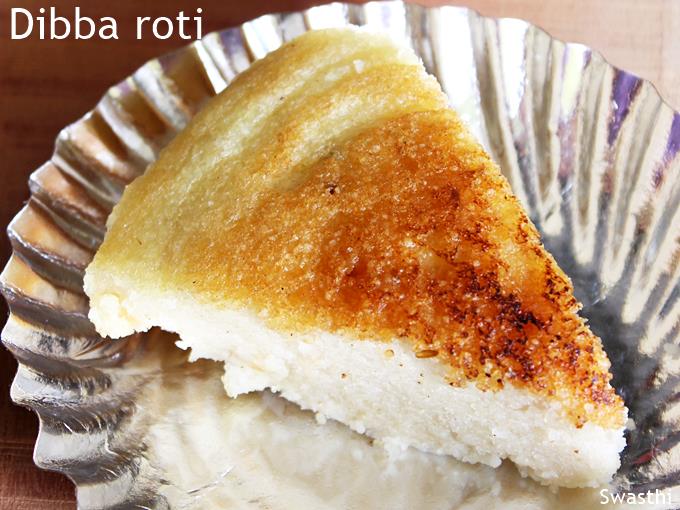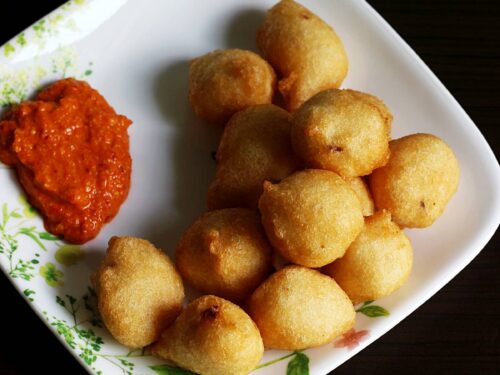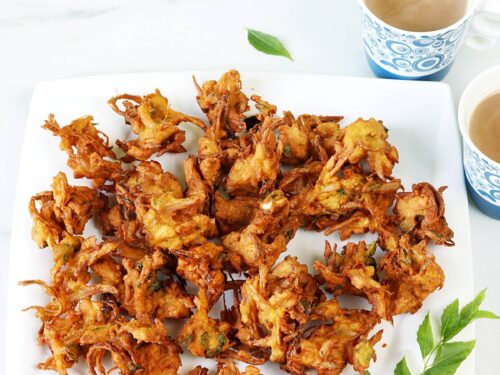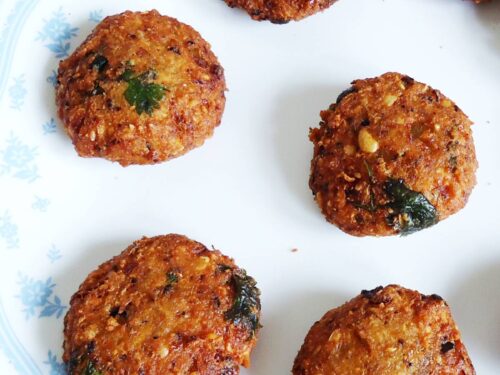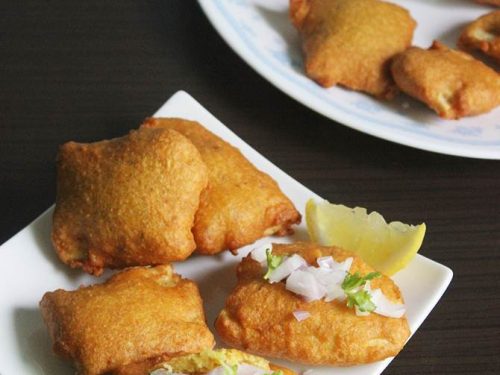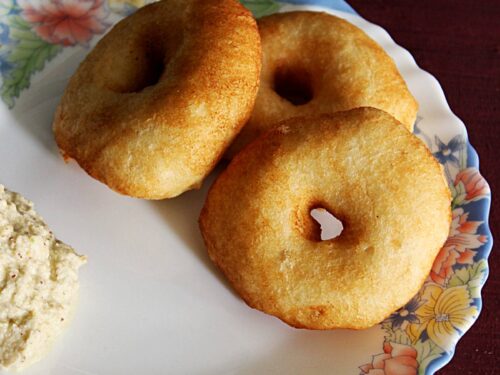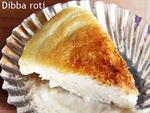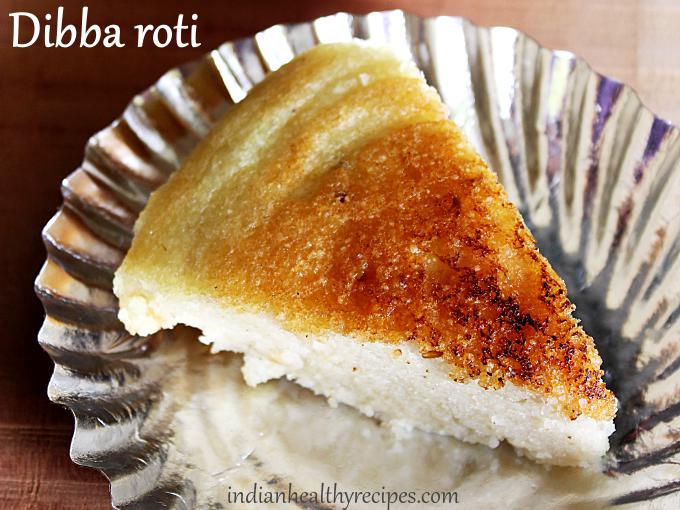This can be made with idli rava too but the taste of the one made with homemade rava is special. Dibba rotti gets the best crust when made with homemade rice rava. It is considered to be a healthy dish as it is protein packed.
What is Dibba Rotti?
Dibba rotti is a crusty breakfast & snack made with urad dal, rice rava & spices. The term Dibba in telugu translates to thick or fat. Rotti means a bread. So dibba rotti translates to a thick bread. The word dibba has several meanings & also means a mount, hill or a rising surface. Traditionally dibba rotti was made in a deep cast iron kadai which gives the shape of a mount or hill to the dish once it is done. This could be the other reason for the name. Most kids will love the crust of the minapa rotti and will enjoy it as it is without any chutney or pickle.
How is Dibba Rotti Made?
Dibba rotti is made by soaking urad dal or skinned black lentils for 3 to 4 hours. Then drained and ground to a batter. While the dal soaks, rice is rinsed and soaked for an hour. Then drained and dried completely. Then the dried rice is pound to coarse rava texture by pulsing in the mixer. This is ground rice rava, salt and cumin are mixed with the urad dal batter. Dibba rotti batter is poured to hot heavy bottom kadai and cooked to get a crisp & delicious bread or pancake.
Authentic method
Traditionally dibba rotti was cooked on char coal. Once the batter was poured to the kadai, it was covered and then a layer of hot coals were spreaded over the lid. The batter would cook up evenly and give a golden thick crust. Most telugu speaking homes make the rice rava in advance and store it in a air tight jar. When ever they plan to make dibba rotti they just simply soak the dal and blend it. Make the batter by stirring in the premade rava. This step of using homemade rice rava is what gives the dibba roti a soft texture from inside and extremely addictive crisp texture on the outside.
Shortcut method
However many people make dibba rotti using store bought idli rava. But the texture and taste is no where close to the one made with homemade rice rava. But still you will get a crust with golden color but the inside portion is not fluffy as with homemade rava. I do carry homemade rava from my mom’s home during my visits to India. On occasions when I run out of it I make with idli rava and it is a compromise. We do prepare this on the subsequent days of Ganesh Chaturthi, since we make rava for preparing undrallu and kudumulu, we also prepare a batch of rava to make dibba rotti. For similar recipes check outmixed dal vadapunuguluonion pakodaalasanda vadaaratikaya bajjimirapakaya bajjigarelu
Preparation
- Rinse urad dal well in a large bowl with ample amount of water. I rinse them 3 to 4 times. Then soak the urad dal in enough water for 4 hours.
- If using idli rava, add it to a bowl and rinse it very well. Drain the water and squeeze off the excess water using both your plams. Then set aside. This step is done to soften the rava.
- To make your own rice rava, you can also soak the rice for an hour and drain it. Dry it completely on a cloth. Pulse it in a blender to get a coarse rava.
Making Dibba Rotti Batter
- Drain the water and add the dal along with salt to a blender jar. Pour water about 1/4 cup water and begin to blend until thick, smooth & frothy batter.
- You will need about another 1/4 cup water. Pour it as you blend. Do not make the batter too runny.
- Transfer this to a mixing bowl.
- Add the rava to this and mix.
- Add in cumin.
- This is the texture of the dibba rotti batter. It has to be thick and rice rava is coarse if using homemade rava.
- This is the consistency to get a good crust.
How to Make Dibba Rotti
- Pour oil to a heavy bottom kadai and heat it. Then pour as much batter as you like. I pour about 1 ½ inch deep in the kadai. Usually a layer of oil should float around the batter. Cover and cook on a medium flame until the dibba rotti turns golden with a thick crust.
- When it is done, you can see the edges are cooked up to golden. Then flip it and cook on the other side of the dibba rotti as well until golden and crusty. A properly cooked dibba rotti will have golden crust on both the sides. If you use a flat pan, then you will get minapa rotti that is evenly golden. I usually remove this to a wire rack to retain the crust. When it cools down slice with a sharp knife. If you try to slice when the dibba rotti is very hot, the top crust comes off the base. Serve dibba rotti with chutney or avakaya.
Tips to Make Dibba Rotti
To make minapa rotti, a heavy bottom iron kadai, is used and usually doesn’t come out that good in non-stick pans. So choose a heavy bottom iron or cast iron kadai. Do not over soak the urad dal as it alters the texture. You can always make the rice rava in advance and store it in a air tight jar or refrigerate up to a month. Do not skimp on the oil. It is oil that brings in the crust to the dibba rotti. You can also make this with idli batter that is not fermented. But the batter has to be thick.
Related Recipes
Recipe Card
